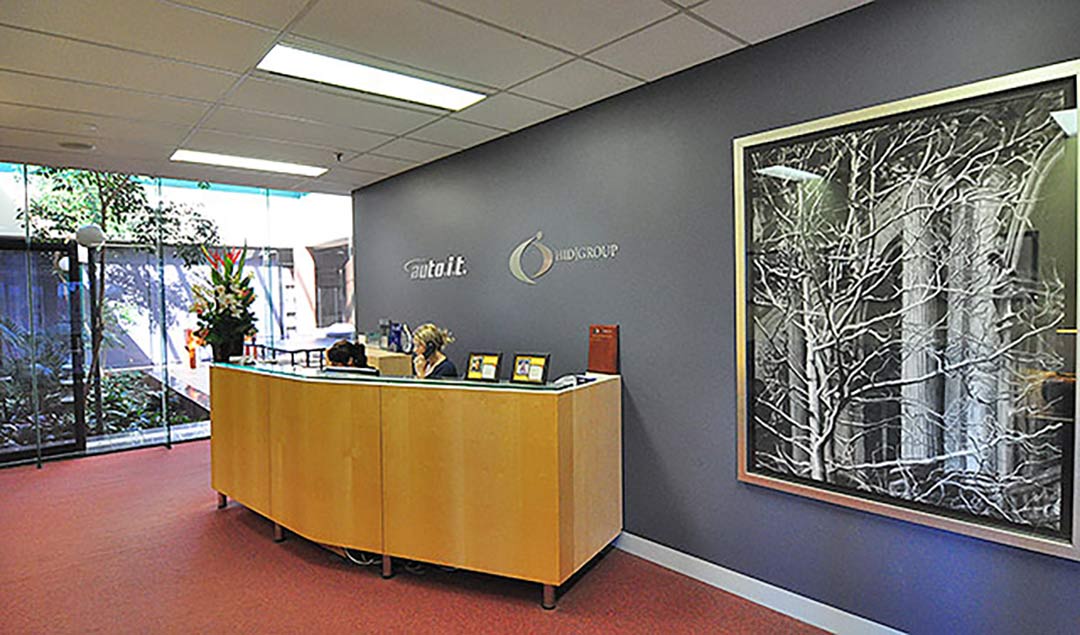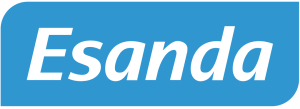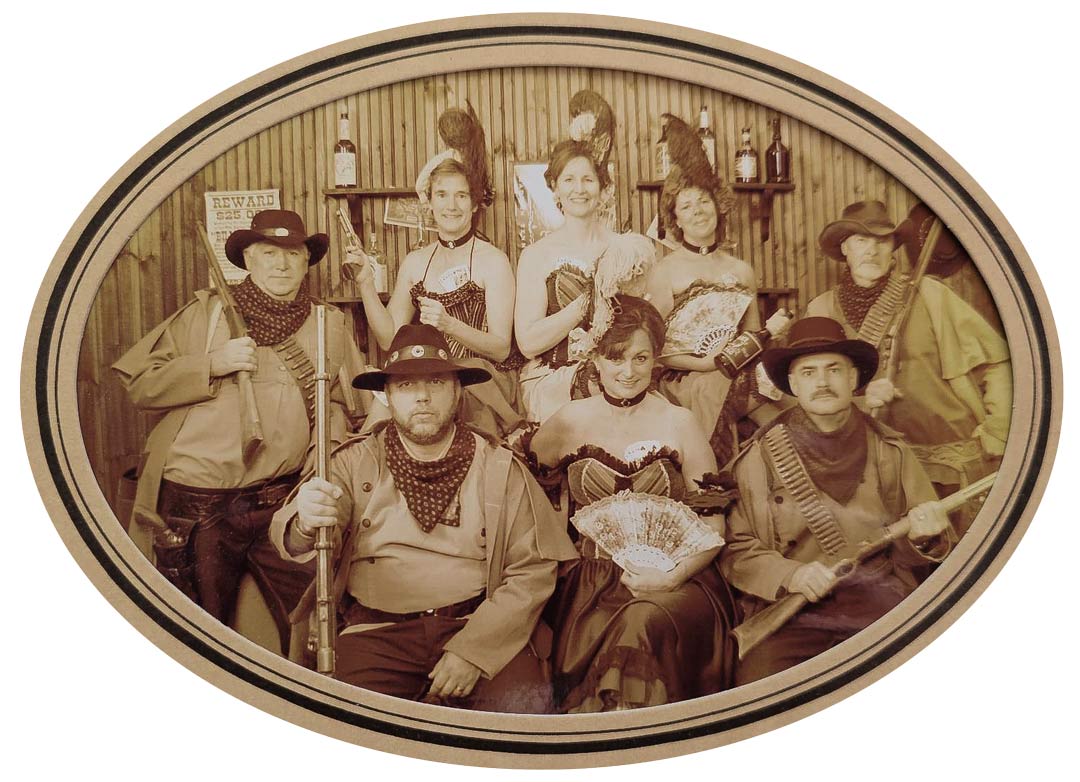
“Nothing is more certain than change”, I wrote in our client newsletter as I announced the launch of Auto-IT in early 2000. Our merged enterprise was the second largest Dealer Management System supplier by market share in Australasia. We now had offices in Sydney, Melbourne, Wellington, and Kuala Lumpur. We’d come a long way since entering the market in the number nine position ten years ago.
On the surface we exhibited all the trappings of a professional new company, primed and ready to conquer our world, but I was to learn that not everybody in the company shared my enthusiasm. This was particularly true of some of our Sydney people when it became obvious that head office was shifting to Melbourne.
As if clashing cultures weren’t trouble enough, the new goods and services tax was unleashed on Australia at the turn of the millennium, which necessitated major changes to the code of our three Dealer Management Systems (DMS). New programs had to be developed, tested, and installed, and the Government-imposed deadline was a few short weeks away.
So, there were staff integration issues to sort out, some of which could only be solved by moving people on. There was the scramble to launch the new GST programs, and there was another behemoth to take care of. The launch of UNITS®, our new DMS. It had been four years in development, was an avaricious consumer of money and resources, and needed to start earning its keep.
We installed two pilot sites. The selected dealer principals had volunteered, fully aware that their businesses would experience some disruptions. We would be on-site to assist, and the price had been adjusted down to compensate for this.
The crucial month-end rollover came, and with that, we had one very happy client, and one very unhappy one. In the second month, the system stabilized, and it wasn’t long before we had five referenceable customers. It was now time to launch. Unfortunately, the disgruntled client left us, demanding a refund and a negotiated sweetener to appease him for the disruptions.
We were still solvent – just, but the system was beginning to start paying its way, which was just as well as there were rumblings at board level, and I became uneasy about the security of my job as CEO. Michael Damianos put his accountancy and negotiating skills to work and achieved some welcome relief from the tax department. We were subjected to a payment schedule and warned that if we missed any repayments, they would foreclose.
For me, though, these tribulations become insignificant. Midway through the year, my wife Lee was diagnosed with cancer, and what followed was the nightmare of chemotherapy for six months, with Lee unsuccessfully feigning normality in a selfless attempt not to be a burden.
She mustered up the energy to fly with me to the Sydney staff Xmas party at year end where no one was aware her stylish hairdo was a wig disguising her total absence of hair. Thankfully 14 years have passed since then and the cancer is no more, but with all the challenges dished up to us, the year 2000 was indeed our annus horribilis.
The Esanda Era
 A few months later, we were exhibiting our software at the Australian Automotive Dealer Association annual conference on the Gold Coast. Simon Abbot, the General Manager of Esanda Finance announced in a seminar that Esanda was joining forces with a start-up DSP to integrate their DMS to Esanda’s software service platform.
A few months later, we were exhibiting our software at the Australian Automotive Dealer Association annual conference on the Gold Coast. Simon Abbot, the General Manager of Esanda Finance announced in a seminar that Esanda was joining forces with a start-up DSP to integrate their DMS to Esanda’s software service platform.
Esanda, with Assets of over $10 Billion, was Australia’s leading motor vehicle financier and a wholly owned subsidiary of the ANZ, one of the country’s four largest banks. Esanda planned to roll its web-enabled finance software into a new DMS. This would be a valuable lead generator for the DSP and I was aghast. Why hadn’t we been approached?
A day or two after returning to Melbourne I rang Simon, who I hadn’t previously met, and asked for an appointment. I explained that we would be a more logical partner, based on our size, our reputation, and the fact that we had the most advanced Windows-based DMS in Australia.
Simon was not unfriendly but told me their negotiations with the other party were too far advanced. We went ahead with our face-to-face meeting, but it was short, sweet, and unsuccessful. I was bitterly disappointed.
Three weeks went by before we received a phone call to say my request to broker a partnership had been an agenda item in the Esanda board room and they had decided to reverse their decision in favour of Auto-IT.
In a few short weeks we had negotiated a share sale agreement and Esanda finance, our knight in shining armour, came galloping over the horizon and purchased 25% of the Auto-IT Australia Pty Ltd shares for $1 million dollars. This was March 2002, and our financial worries were over! We moved into larger premises.
Things became interesting once we’d done the deal. Esanda, being a prominent company owned by a large bank, was risk averse and as part of the deal they had earned a seat on our board. They hooked me up with one of their strategists to brainstorm opportunities, and they installed Wayne Rushworth to our permanent staff in the newly created role of Chief Operating Officer. In other words, they were keeping an eagle eye on their investment, which was fine by us.
Our partnership with Esanda lasted a little under two years. During that time, we worked well together, and Wayne in his COO role was a welcome addition to our skill set, but small software companies operating in competitive vertical markets didn’t generate the profits the bank was expecting. There were changes in Esanda’s management and we heard through the grape vine that the new senior executive was unimpressed with the return on their investment.
We suspected the value of Auto-IT would be written down on their balance sheet and they might be amenable to selling. I broached this with Elizabeth Proust, Esanda’s new MD. I proposed we take Auto-IT out of their hands for $850,000 but she said under no circumstances would their board agree to a sale unless they made a profit. The result was an agreement for us to buy our shares back for $1,050,000. The bank had made a $50,000 profit and we owned 100% of our company again. A classic win – win!
We negotiated with Wayne to stay on with us as COO and eleven years later he replaced me as CEO. A footnote to all this was that when we re-purchased our shares from Esanda, their golden era had already passed. The company was sold off a few short years later.
The John Deere Era
There are make or break times in the evolution of most growing companies. Ours came in the summer of 2003 when we signed a deal with John Deere Information Systems (JDIS), granting them exclusive distribution rights to sell our system in North America.
Deere and Company is one of the world’s largest agricultural and construction equipment companies. They have a global reach, and at that time had more than 3,000 dealerships in the United States and Canada.

JDIS had asked several DSPs to pitch for their business and they invited finalists from the USA, Germany, and Australia, to spend two days each with them at their head office in Moline Illinois.
We were last in line and when our time came, Frank Maiolo and I made the journey. We presented to an audience of about 100 people made up of JDIS staff and selected John Deere Dealership representatives. We had to conform to a program designed to give the JDIS experts the opportunity to do a deep dive into our software, and we passed with flying colours. On the first morning I gave a brief rundown of Auto-IT, and after receiving a polite ovation introduced Frank and took my seat. With his warm personality and sharp intellect, Frank performed confidently for the next two days. The audience loved him, and in that time, we made friendships that lasted over many years. We flew home well pleased with ourselves. But we hadn’t won yet.
Our relationship with JDIS had a stuttering start. I received a phone call from Geoff Andersen, the JDIS Managing Director, to tell us the software stood up well to scrutiny, and his people were confident that Auto-IT could deliver on our promises, but they had decided to go with the German finalist. He said they had been negotiating with them for a long time, whereas we were a late arrival and he admitted we’d taken them by surprise with the depth of functionality in our system. The major factor however was the geographical location of Australia compared to Germany. We were just too far away. So that was that.

San Antonio Texas, at the John Deere User Group conference in 2004. From left back row: Doyle Harris, Barbara Harris, Lori Dalfonso, Lee, me. Front row: Bruce Dalfonso, Gail Mueller, Kevin Mueller.
Until a week or two later I received another call, saying negotiations with the German company had fallen through. They proposed they would visit us to see if we could negotiate a deal. Geoff Anderson duly arrived accompanied by David Schaeffer, a John Deere strategist, to help with negotiation.
We hosted them in Melbourne for five days, by which time we had negotiated a deal and signed a two-page letter setting out the terms of our agreement. We would grant JDIS the sole right to sell, install and support our DMS to their dealers in USA and Canada. We agreed on the license and support pricing. They also negotiated the rights for JDIS to purchase the source code outright at any time up to an agreed final date at which time the right would expire. They also agreed we could sell our software in North America to any non-John Deere competitor.
We shook hands, signed the Terms Letter, had a celebratory dinner and our new friends flew back to the US.
Then it was time for the lawyers to become involved. Four or five months and hundreds of thousands of dollars later, we finally executed an eighty-two-page contract. Not surprisingly, after all that time, not one material clause in the original Terms Letter had changed!
Chapter 6 – The JDIS Years
The next period in Auto-IT’s history took us to every continent except Antarctica as we pursued opportunities to sell our DMS within the John Deere dealer network.
Ken Fife – May, 2024

Thanks Ken, still very interesting reading. Look forward to the next episode.
Cheers
John
Thanks Ken very interesting & well done!
Thanks Jan – Good to hear from you again!